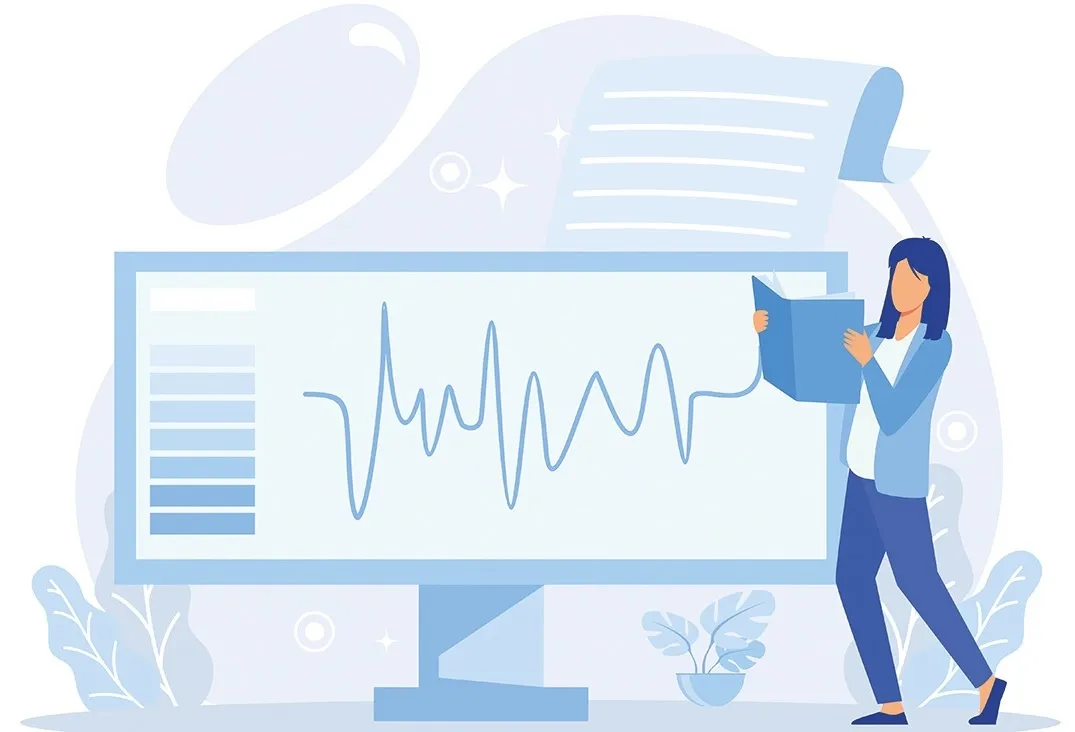Between 46 and 63 percent of people with type 2 diabetes do not present a strict glycemic control -HBA1C (blood sugar control measurement) less than 6.5% - during the first 5 years after the diagnosis of theDisease, according to the study 'Priority-T2D'de Lilly, presented during the 64th Congress of the Spanish Society of Endocrinology and Nutrition.
In addition, a high percentage of people with type 2 diabetes does not reach weight loss objectives.Specifically, more than 60 percent does not achieve a weight reduction and more than 80 percent does not reach losses.
Likewise, the study aims to determine the proportion of people under 65 with type 2 diabetes that have HBA1C levels within three glycemic control objectives (less than 7%, less than 6.5% and less than 5.7%) during the first 5 years after diagnosis in regular clinical practice conditions in Spain.
In this work a total of 8,973 Spaniards with type 2 diabetes, mostly male (59% men and 41% women), with an average age of 52.9 years and an average HBA1C of 7.7 percent at the time at the timeof the diagnosis.According to the body mass index (BMI), only 7.9 percent of the study population showed Normopeso, 27.5 percent had overweight and 64.4 percent had obesity at the time of diagnosis.
In this sense, several scientific studies support the importance of the early detection of diabetes and strict glucose control from the beginning of the disease to reduce the risk of long -term complications.
"The control of type 2 diabetes within the first 5 years of the disease is decisive in the natural history of diabetes, not only to reduce the probability of long -term complications, but to try to slow the deterioration of the secretion ofInsulin that characterizes this disease, "explained Emilio Ortega, principal author of the study and member of the Endocrinology and Nutrition Service of the Clinic Hospital of Barcelona.
Difficulties in glycemic control and weight
In patients with a recent diagnosis of type 2 diabetes (less than 6 years since diagnosis), the substantial weight reduction has shown to have a modifier effect of the disease, according to several investigations.
The results of 'Priority-T2D' show that people with weight loss equal to or greater than 10 percent reached in the first year after diagnosis are more likely to be within strict glycemic control objectives.Likewise, a higher percentage of people with HBA1C levels less than 6.5% have been observed among those who achieved greater magnitude weight losses.
In this sense, Miriam Rubio, director of the Medical Area of Lilly Diabetes in Spain, has pointed out that "this study shows the potential benefit of the early loss of body weight on glycemic control. As is known and has been previously demonstrated in different investigations, people with type 2 diabetes face many difficulties in achieving and maintaining these weight loss objectives. "
For its part, Ortega has commented on some of the barriers that patients have to achieve control objectives."Some have to do with adherence to the therapeutic plan, the ignorance of their disease that hinders self -care, complex living conditions that prevent proper monitoring, possible side effects of prescribed medications or the fear of having them, and the difficultyTo change unfavorable life habits in this disease.Indolora and asymptomatic especially in the first years. "
As for professionals, Ortega added that "they can find difficulties related to the need for continuous update of knowledge around the disease: from the importance and degree of control necessary for each person, through the multiple pharmacological options thatThere are and how and in which patients use them, the time to act or decision making in the consultation, among others. "
To favor better control in people with type 2 diabetes, Ortega has assured that "it is essentialGlycemic with clear actions.lifestyle".






